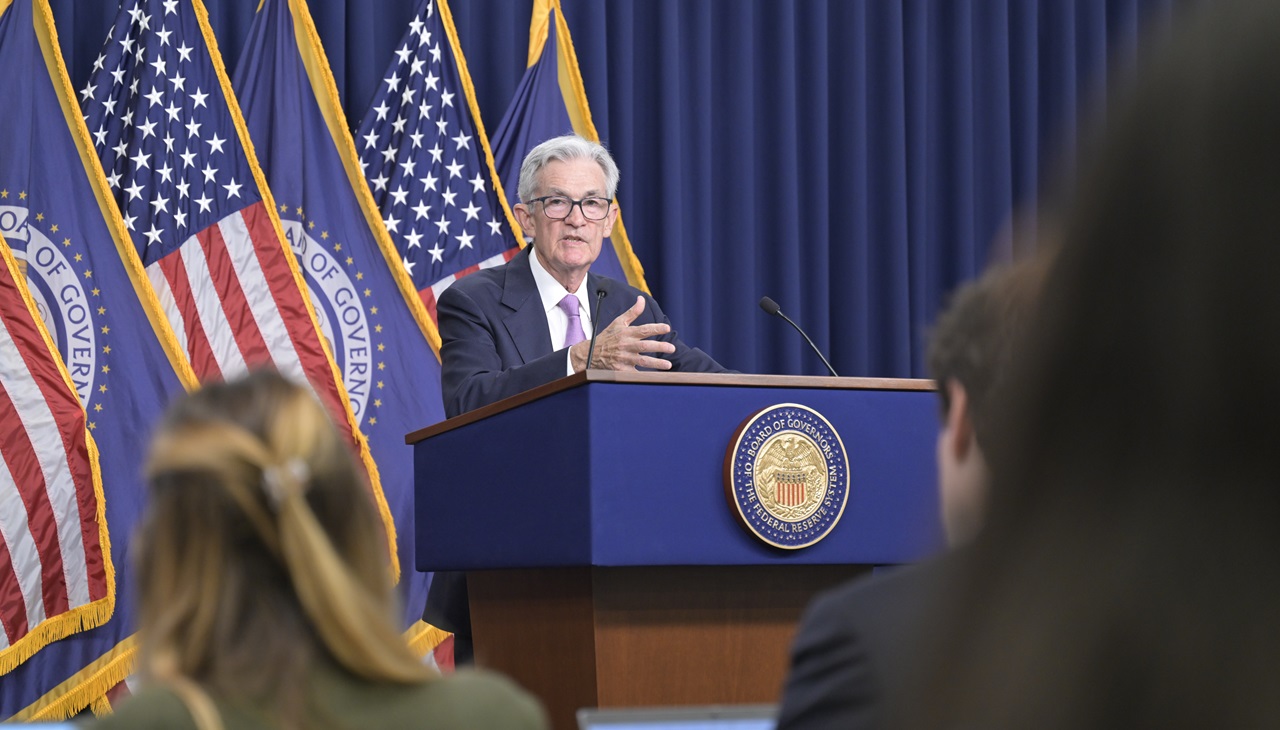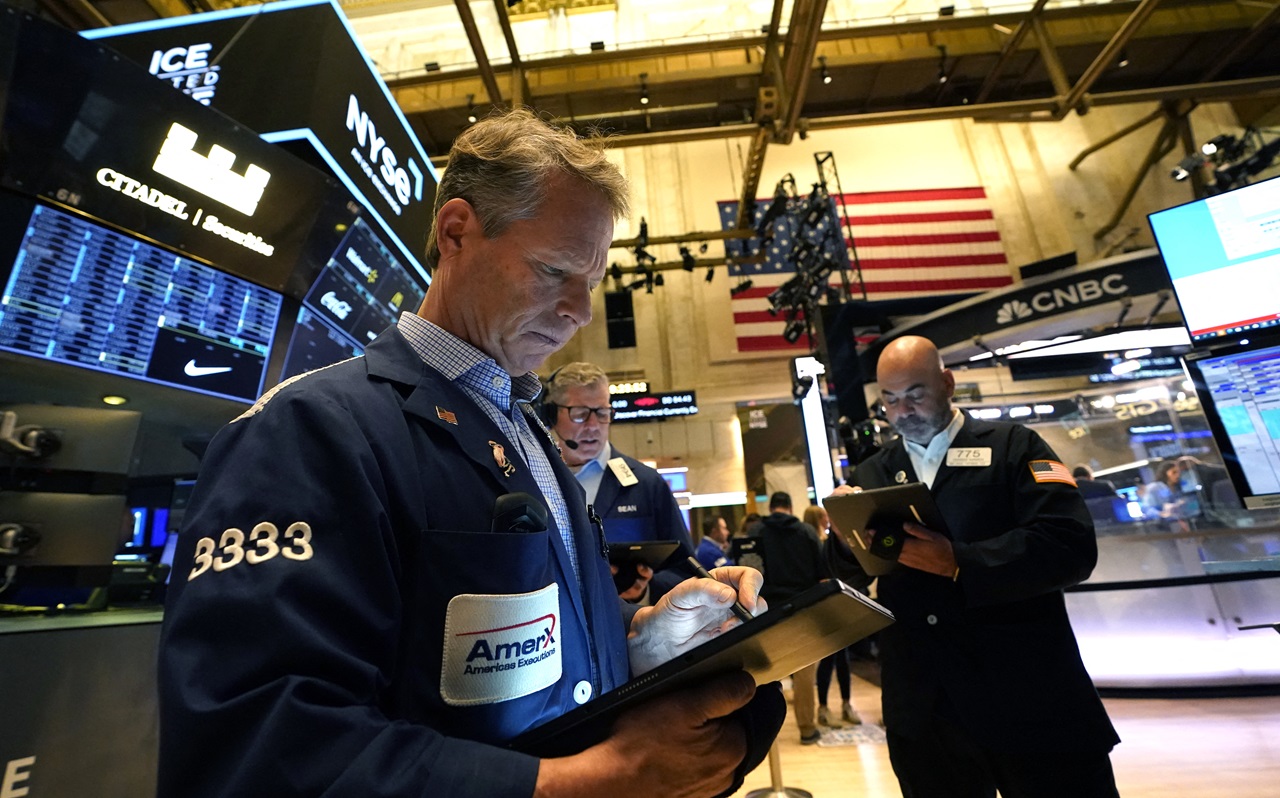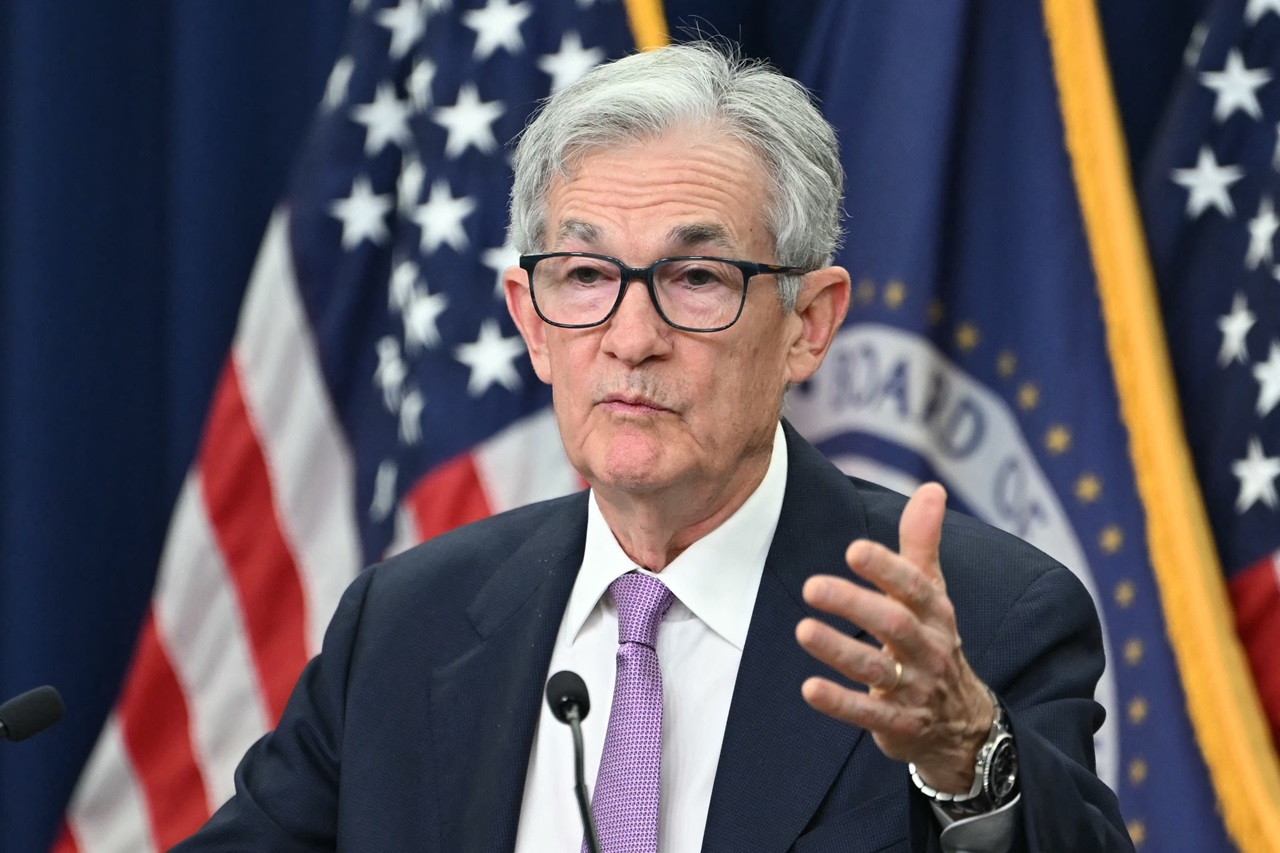
¡Cheaper money is here! The FED surprises and lowers interest rates more than expected
The Federal Reserve, the central bank of the United States, decided on Wednesday to reduce its interest rates in a move that many considered aggressive, which evidences a greater concern for certain key economic variables such as unemployment. Jerome Powell read the statement during the traditional press conference and explained that the intervention interest rate remained in a range between 4.75% and 5%.
Powell explained that they are confident that the inflation reduction target will be maintained while boosting solid growth and employment generation. The Fed's statement points out that "recent indicators suggest that economic activity has continued to expand at a solid pace. Job gains have slowed, and the unemployment rate has moved up but remains low. Inflation has made further progress toward the Committee's 2 percent objective but remains somewhat elevated."
The Fed, as the top monetary policymaker, highlighted that seeks maximum employment and a 2% inflation rate over the long term. "The Committee has become more confident that inflation is moving sustainably toward 2% and views the risks to achieving its employment and inflation objectives as roughly balanced. The economic outlook is uncertain and the Committee is mindful of the risks to both prongs of its dual mandate," explains the statement.
Clearly, this is great news for users of the financial system because the Fed rate sets the tone for all other rates in the economy. The ripple effect of lower rates may soon be felt throughout the world.
Now, users will not only be able to take out cheaper loans, which may boost consumption but may even be able to seek benefits in their cash flow by changing the current interest rate on their debts to a lower one.
CONTENIDO RELACIONADO
This decision has implications for all countries in the world. According to Laura Clavijo, director of Economic Research at Bancolombia, Latin America is at a special moment in its monetary policy because some countries are already considering a rate increase to message the economic actors.
In Colombia, the reduction of rates began 10 months ago and there is still some ground to cover. In Brazil, one of the region's economic powerhouses, the cost of money has already reached its minimums and now it is only expected that rates will be raised.
"In the world today, 70% of the central banks that use the inflation targeting scheme have started a cycle of easing and we believe it will continue during 2025", explained the expert.
So what is coming for the world is a context of cheaper money to boost economies. That, without a doubt, is good news for everyone.










DEJE UN COMENTARIO:
¡Únete a la discusión! Deja un comentario.